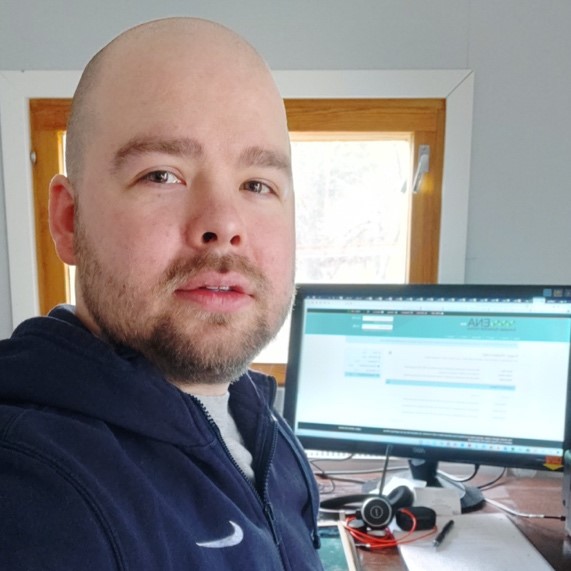NEW! Super-resolution Traction Force Microscopy for measuring mechanical forces in living cells
Published: 2020-12-08
Traction Force Microscopy (TFM) has long been used to measure the forces cells exert on their environment – recent advances mean it is ready to go SUPER-RESOLUTION. Euro-BioImaging is now offering all researchers access to super-resolution Traction Force Microscopy (SR-TFM) at our Finnish Advanced Light Microscopy Node in Turku, Finland. In this interview, Dr Aki Stubb, from the University of Cambridge, explains how super-resolution Traction Force Microscopy works.
Can you please briefly describe the principles behind super-resolution Traction Force Microscopy (SR-TFM)?

Traction force microscopy (TFM) is a well-established technique for measuring forces exerted by the cells to surrounding extra cellular matrix. In TFM the living cells are seeded on elastic gels with known biophysical properties and that also contain embedded fluorescent beads. When the cells adhere to the gels they exert forces on it and thereby move the embedded beads. This movement can be tracked over time using confocal or widefield microscopy and the displacement is obtained by comparing the image of the gel with the cell on it, to a reference image of the gel in the same location but without the cell on it. The tractional forces can then be calculated from the beads displacements.
In super-resolution TFM the fluorescent beads used are smaller and they are only placed in the thin top layer of the gel. The bead images are then taken using super-resolution radial fluctuations (SRRF) which utilises the intrinsic radial fluctuation of the fluorophores to precisely determine the location. By using this method for imaging, a larger number of traceable beads can be recognised and used for the calculations. This enhances the spatial resolution of the force measurements. The increase spatial resolution can be used to measure forces from individual subcellular structures such as focal adhesions.

Why did you develop this method?
I developed this method during my PhD studies in the group of Johanna Ivaska at the Turku Bioscience Centre, University of Turku and Åbo Akademi University in Turku, Finland.
This method was originally developed to improve the spatial resolution of TFM, because we wanted to measure the forces from individual focal adhesions in photosensitive cells such as human pluripotent stem cells (hPSCs).
What are some challenges of using TFM generally and in combination with super-resolution microscopy? What do researchers have to pay attention to when performing these experiments?
The preparation of the gels is usually the biggest hurdle and, for this method, specifically it is important to get the highest-quality gels. The stiffness of the gels needs to be validated using atomic force microscopy. Furthermore, it is crucial that the fluorescent beads in the gels are uniformly distributed.
What other services does the Turku BioImaging facility provide that would be useful in combination with this type of microscopy?
Super-resolution TFM requires a combination of microscopy methods that are all offered at the Finnish Advanced Light Microscopy Node of Euro-BioImaging. The facility offers fast and high-quality confocal microscopy and/or spinning disk microscopy methods needed to image the fluorescent beads embedded in the hydrogels, as well as the atomic force microscopy methods needed to calibrate the stiffness of the gels, and the actual TFM mathematical analysis needed for the final results. Furthermore, the facility offers full support and personalised service on all the steps, from gel preparation to data analysis.
How to apply:
All scientists, regardless of their affiliation, area of expertise or field of activity can benefit from Euro-BioImaging’s pan-European open access services to use these technologies. To be able to offer its users the newest technologies, Euro-BioImaging constantly assesses new imaging technology developments in a process called showcasing. Super-resolution Traction Force Microscopy is currently under showcasing and available for users to test at the Finnish Advanced Light Microscopy Node. If you are interested in using this technology in your research, please contact the Node directly. As usual, users will benefit from advice and guidance by technical experts working at the Nodes, training opportunities, and data management services – and the user experience contributes to the inclusion of these new technologies in Euro-BioImaging’s operational portfolio.
For more information: info@eurobioimaging.eu